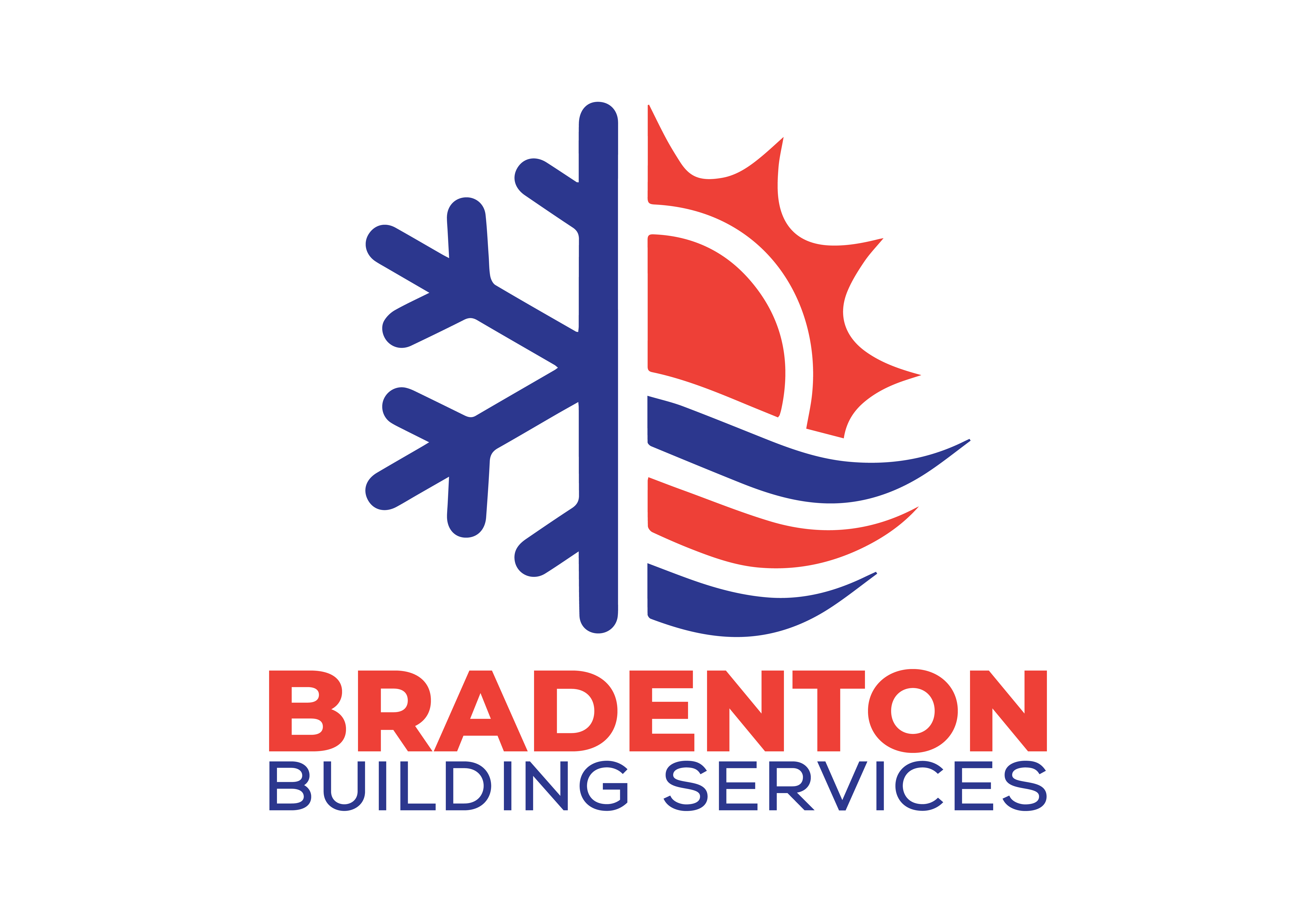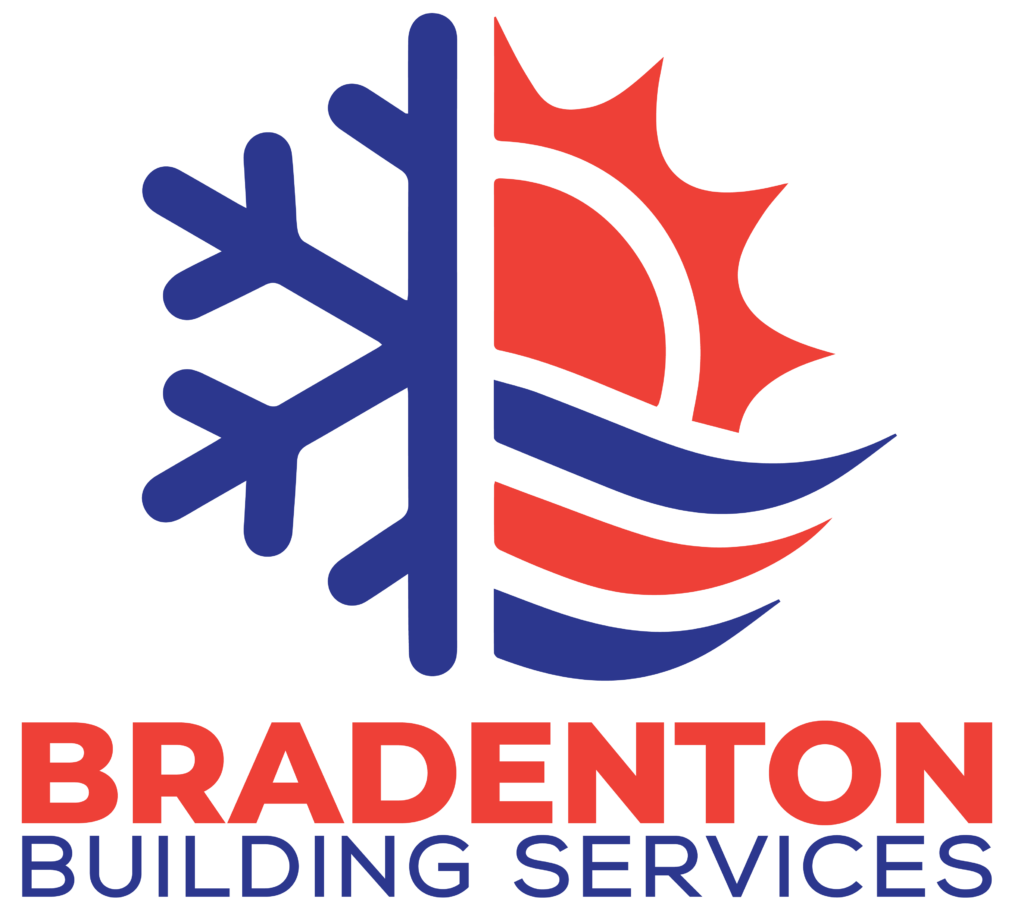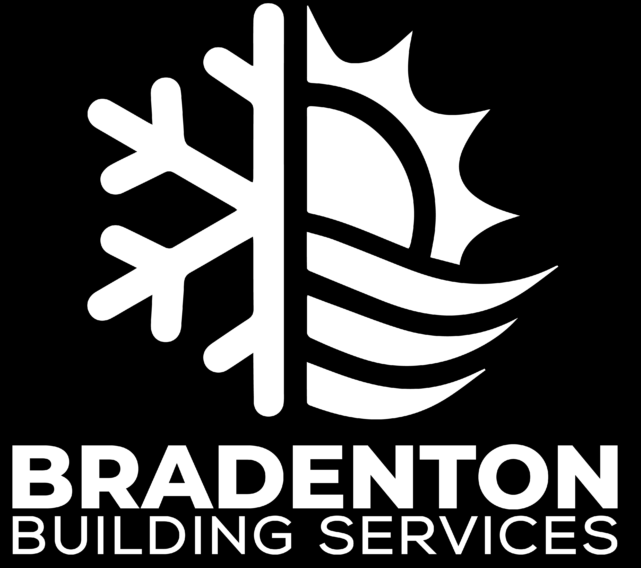If you’re running a business in Manatee or Sarasota, Florida, you know that keeping your commercial HVAC system efficient is crucial. The relentless heat and humidity of Southwest Florida can push HVAC systems to their limits, leading to higher energy bills, more frequent breakdowns, and uncomfortable working environments. We specialize in Commercial HVAC Retrofits to ensure your system operates at peak efficiency, saving you money while maintaining superior indoor comfort. In this article, we’ll explore why HVAC retrofits are an excellent investment for your commercial property and how they can help you cut costs, improve efficiency, and extend the lifespan of your equipment.
What Are HVAC Retrofits?
HVAC retrofits involve upgrading or modifying parts of your existing system to improve performance, energy efficiency, and reliability. Instead of a full replacement, retrofitting integrates new technology, optimizes components, and reduces costs while enhancing sustainability. A retrofit may include upgrading controls, improving ventilation, adding insulation, or installing energy-efficient components like variable speed drives and high-efficiency compressors. These enhancements help businesses cut energy use, meet updated regulations, and maintain a comfortable indoor environment. Retrofitting extends your system’s lifespan, reduces maintenance costs, and minimizes disruptions. It’s a smart investment for commercial properties aiming to optimize HVAC efficiency without the expense of a full replacement.
Signs It’s Time for a Commercial HVAC Retrofit
Recognizing when your HVAC system needs a retrofit can prevent costly repairs and improve efficiency. Here are some key signs:
1.) Rising Energy Bills:
If utility costs continue to rise despite normal usage, your system may be outdated and inefficient. Aging HVAC systems often consume more energy due to worn-out components, poor airflow, and outdated technology. Retrofitting with energy-efficient equipment can significantly reduce operating expenses.
2.) Frequent Repairs:
Repeated system breakdowns and service calls indicate that your HVAC system is struggling to keep up. If you’re constantly repairing the same issues, it may be more cost-effective to upgrade key components rather than continue paying for repairs. Retrofitting stabilizes system performance and extends its operational life.
3.) Inconsistent Temperatures:
Uneven heating or cooling throughout your commercial space suggests poor system performance. Older systems struggle to distribute air efficiently, leading to hot and cold spots. A retrofit can enhance airflow, upgrade zoning controls, and balance temperatures across the building.
4.) Outdated Equipment:
Older commercial HVAC units may not meet current energy efficiency standards and could benefit from modern upgrades. Advances in technology, such as smart thermostats, high-efficiency compressors, and improved ventilation systems, reduce energy consumption and enhance performance.
5.) Poor Indoor Air Quality:
Excess humidity, dust buildup, or persistent odors may indicate that your system is not filtering air properly. Poor air quality affects employee health and customer comfort. A retrofit can incorporate enhanced filtration, ventilation, and humidity control to ensure a healthier indoor environment.
Upgrading through a retrofit can address these issues, improving comfort, efficiency, and cost savings for your business.
Benefits of an Commercial HVAC Retrofit
1.)Reduce Energy Costs
Older commercial HVAC systems consume excess energy, leading to high utility bills. Retrofitting with high-efficiency components such as variable speed drives (VSDs), energy-efficient compressors, and smart thermostats can significantly cut energy consumption. These upgrades optimize system performance, lower operational expenses, and provide long-term savings.
2.) Improve Indoor Air Quality
Poor indoor air quality affects employee health and customer experience. Modern HVAC retrofits include advanced air filtration, enhanced ventilation, and humidity control to create a cleaner and healthier indoor space. These improvements help remove allergens, pollutants, and excess moisture, enhancing overall air quality.
3.) Enhance Comfort & Productivity
A stable and comfortable indoor climate is essential for both employees and customers. Temperature fluctuations and poor ventilation can lead to discomfort, reducing productivity and customer satisfaction. Retrofitting improves airflow distribution, enables zoning controls, and maintains consistent indoor temperatures, ensuring a comfortable working environment.
4.) Minimize Unexpected Breakdowns
Older HVAC systems are prone to breakdowns, leading to costly emergency repairs and business disruptions. Retrofitting replaces worn-out components, enhances system performance, and improves reliability. By preventing unexpected failures, businesses can maintain smooth operations and avoid sudden repair costs.
5.) Environmental Benefits
Energy-efficient HVAC upgrades reduce carbon footprints and support sustainability efforts. Retrofitting helps businesses consume less energy, transition to eco-friendly refrigerants, and meet environmental regulations. Many businesses may also qualify for energy efficiency incentives, making sustainability both financially and environmentally beneficial.
A commercial HVAC retrofit is a smart investment that improves efficiency, enhances indoor air quality, increases comfort, and ensures long-term system reliability. These upgrades help businesses reduce expenses, improve working conditions, and achieve sustainability objectives.
Upgrade your commercial HVAC system with Bradenton Building Services and start saving on energy costs today! Our expert retrofitting solutions enhance efficiency, improve comfort, and reduce repairs. Contact us now to schedule a consultation and keep your business running smoothly!
Key Commercial HVAC Retrofit Options
1.) High-Efficiency HVAC Motors & Drives (VSDs)
Traditional motors run at a constant speed, consuming unnecessary energy. Retrofitting with variable speed drives (VSDs) allows HVAC fans and pumps to adjust based on demand, reducing energy waste and lowering operational costs. This upgrade is one of the most effective ways to improve efficiency.
2.)Smart Thermostats & Controls
Smart thermostats and building automation systems (BAS) optimize HVAC operations by automatically adjusting temperatures based on occupancy levels and weather conditions. These advanced controls enhance efficiency, reduce energy waste, and improve comfort for building occupants.
3.) Energy Recovery Ventilation (ERV) Systems
ERV systems improve energy efficiency by transferring heat between exhaust and supply air streams. This reduces the energy required to heat or cool incoming fresh air, lowering overall HVAC system load and increasing efficiency.
4.) Demand-Controlled Ventilation (DCV)
DCV systems use occupancy sensors to adjust ventilation rates based on real-time building usage. This prevents excessive energy consumption by ensuring ventilation operates only when needed, reducing costs and enhancing air quality.
5.) Upgrading Refrigerants
Many older HVAC systems use outdated refrigerants that are being phased out due to environmental concerns. Upgrading to environmentally friendly refrigerants improves system efficiency, ensures compliance with regulations, and enhances sustainability.
How HVAC Retrofits Improve Energy Efficiency
1.) Optimized Performance
Retrofitted commercial HVAC systems are engineered to operate at peak efficiency by integrating advanced technology and energy-saving components. Outdated systems often run inefficiently due to aging equipment, worn-out parts, and outdated controls, leading to excessive energy consumption. Retrofitting addresses these inefficiencies by upgrading motors, compressors, and controls, ensuring that the system functions with minimal energy waste. Enhanced performance results in lower operating costs, improved airflow, and better indoor climate control, making buildings more comfortable and cost-effective to operate.
2.) Load Matching
Is it time to replace your old HVAC system? Older units run at a fixed capacity, wasting energy and driving up costs. Upgrading to load-matching technology, like variable-speed drives (VSDs) and high-efficiency compressors, allows the system to adjust output based on real-time needs. This reduces energy use, minimizes wear, and extends equipment lifespan, making your HVAC system more efficient and cost-effective.
3.) Smart Monitoring & Predictive Maintenance
Modern HVAC retrofits incorporate IoT-enabled smart controls that provide real-time data on system performance and energy usage. These smart monitoring systems use advanced analytics to detect potential issues before they become costly problems. With predictive maintenance capabilities, facility managers receive alerts for necessary repairs or efficiency improvements, preventing sudden breakdowns and optimizing system operation. Automated adjustments ensure that HVAC systems respond dynamically to occupancy levels, temperature fluctuations, and weather changes, reducing unnecessary energy use.
4.) Better Insulation & Air Sealing
A critical part of HVAC retrofits involves improving a building’s insulation and sealing air leaks. Poor insulation allows conditioned air to escape, forcing the HVAC system to work harder to maintain indoor temperatures. Retrofitting may include adding high-quality insulation materials, sealing ductwork leaks, upgrading weather stripping, and using thermal coatings to prevent energy loss. These improvements reduce the workload on the HVAC system, lower heating and cooling costs, and create a more stable indoor environment with consistent temperatures throughout the building.
Choose Bradenton Building Services for Expert HVAC Retrofit Solutions
At Bradenton Building Services, we understand the unique HVAC challenges businesses face in Sarasota and Manatee counties. With years of experience in commercial HVAC services, our expert technicians provide tailored retrofit solutions designed to enhance efficiency, reduce operating costs, and improve overall comfort. Whether you need upgraded components, advanced climate controls, or energy-efficient improvements, we have the expertise to deliver top-quality results. Don’t let an outdated HVAC system affect your business. Contact us today for a consultation and discover how a retrofit can help you save on energy bills while maintaining a comfortable indoor environment!
Frequently Asked Questions (FAQs)
1.) How long does an HVAC retrofit take?
The duration of an HVAC retrofit depends on the size of the building and the complexity of the upgrades. For small-scale retrofits, the process may take a few days, while larger projects can take several weeks. Factors like equipment availability, installation challenges, and permitting can also impact the timeline. Our team ensures efficient planning to complete the retrofit as quickly as possible.
2.) Will an HVAC retrofit disrupt my business operations?
We carefully schedule HVAC retrofits to minimize disruption to your daily business activities. Work can be performed during off-hours or in phases to keep your business running smoothly. Temporary heating or cooling solutions may also be used if necessary. Our goal is to upgrade your system efficiently while maintaining a comfortable indoor environment.
3) How much can I save with a Commercial HVAC Retrofits?
A retrofit can cut energy expenses by 20-40%, reducing electricity costs and long-term operating expenses. Upgrading to energy-efficient components not only lowers consumption but also decreases the need for frequent repairs and maintenance. Over time, these savings add up, delivering a strong return on investment.
4.) Do I need to replace my entire HVAC system for a retrofit?
No, an HVAC retrofit focuses on upgrading specific components rather than replacing the entire system. This makes it a cost-effective solution that improves efficiency without requiring a full system overhaul. Common retrofits include installing variable speed drives, upgrading controls, and improving ventilation systems. These targeted upgrades enhance performance and extend the lifespan of your HVAC system.
5.) Are there incentives for HVAC retrofits?
Yes, many federal, state, and local programs offer incentives for energy-efficient HVAC retrofits. Businesses may qualify for rebates, tax credits, or low-interest financing when upgrading to high-efficiency equipment. Utility companies also provide financial incentives to encourage energy-saving improvements. Taking advantage of these programs can significantly reduce the upfront cost of your retrofit.
Enhance Your Commercial HVAC System with Bradenton Building Services
Looking for reliable commercial HVAC services, air quality solutions, HVAC maintenance, or air filter services in Sarasota and Manatee? Bradenton Building Services has you covered. We specialize in optimizing HVAC systems to ensure comfort, energy efficiency, and healthy air quality for your business.
- Commercial HVAC Services
- Air Quality and Purification Solutions
- HVAC Maintenance
- Commercial Air Filter Services
Contact us today to schedule a consultation and improve your HVAC system’s performance!



